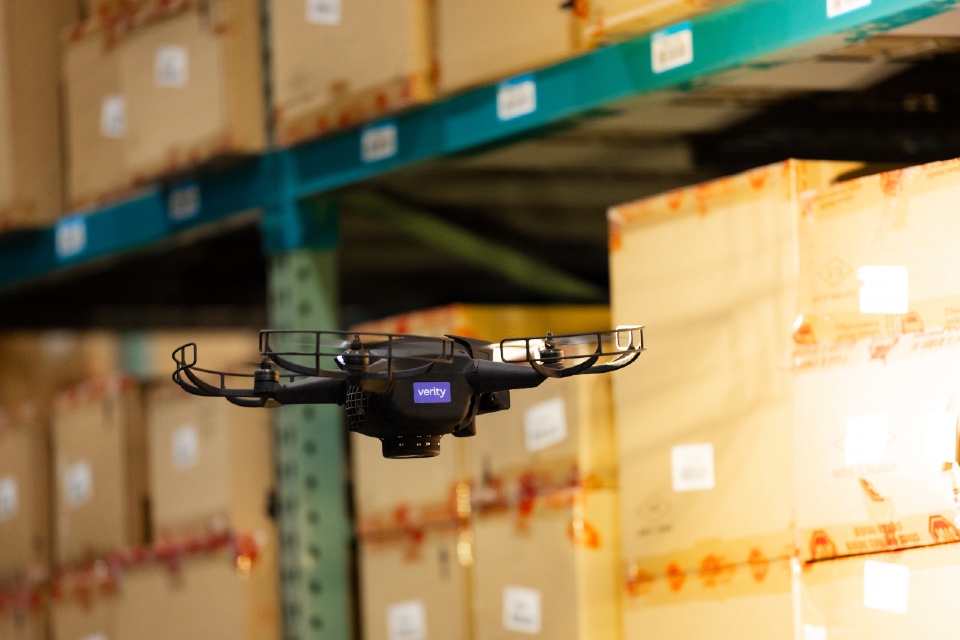By Open Text
Supply chain visibility is a key focus area for many organizations. Therefore, it’s no wonder that visibility, monitoring and analytics tools top the list of supply chain technology investments.
Despite the fact that companies both understand the importance of visibility and are investing in tools to improve it, the results are not great. According to one study, 69% of operations and supply chain officers say that their supply chain technology investments haven’t delivered the expected results. Other studies point to similar findings.
Now, each organization has their own challenges, and if you ask two people in different roles even in the same organization, they will likely give you different definitions of what supply chain visibility means for them. However, there are some common challenges that can be identified.
The first challenge is availability of data. While digitization has come a long way, there are still gaps in capturing structured data on different supply chain processes. This means that the data that is available only partially covers the real-world supply chain activities.
The second challenge faced by most companies is access to data. Even when processes are digitized and data is available for analytics, it may only be accessible for a specific function. For example, if the data from a logistics control tower is only available to the logistics team and not to procurement, planning or customer fulfillment, those other teams may have gaps in their understanding of what is really going on in the business.
Finally, even when data is both available and accessible, companies often have challenges around the quality of data. Doing traditional analytics based on incorrect data is counterproductive. Proliferating the use of incorrect data through AI algorithms can be downright catastrophic to the business.
It’s great that companies understand the value of visibility and are investing in tools to improve it. For most, also focusing on the availability, accessibility and quality of data will be the key to achieving their goals. And as with any investments, quantifying the impacts on supply chain operations will help guide the path forward.







